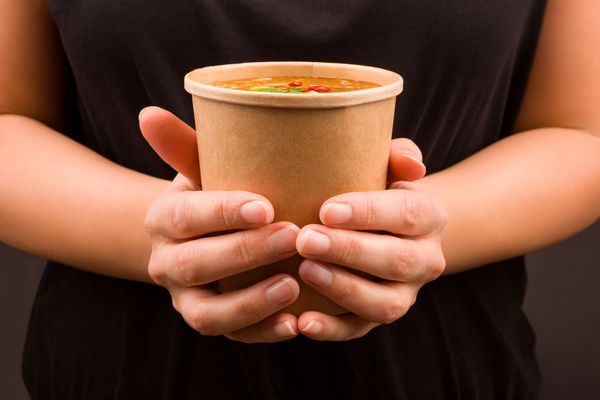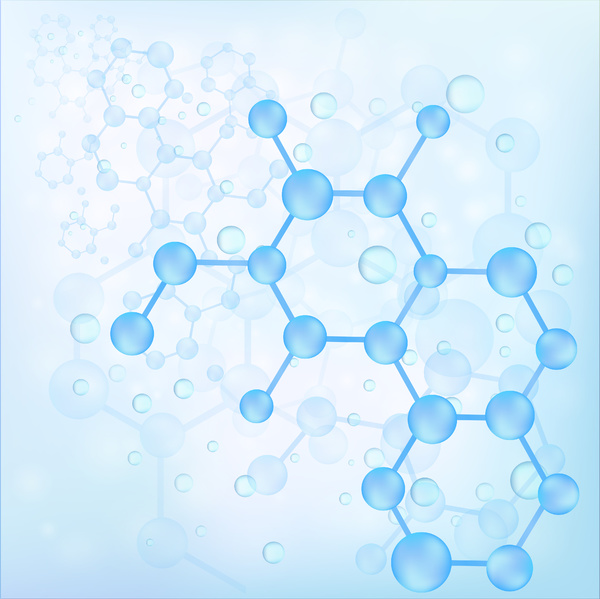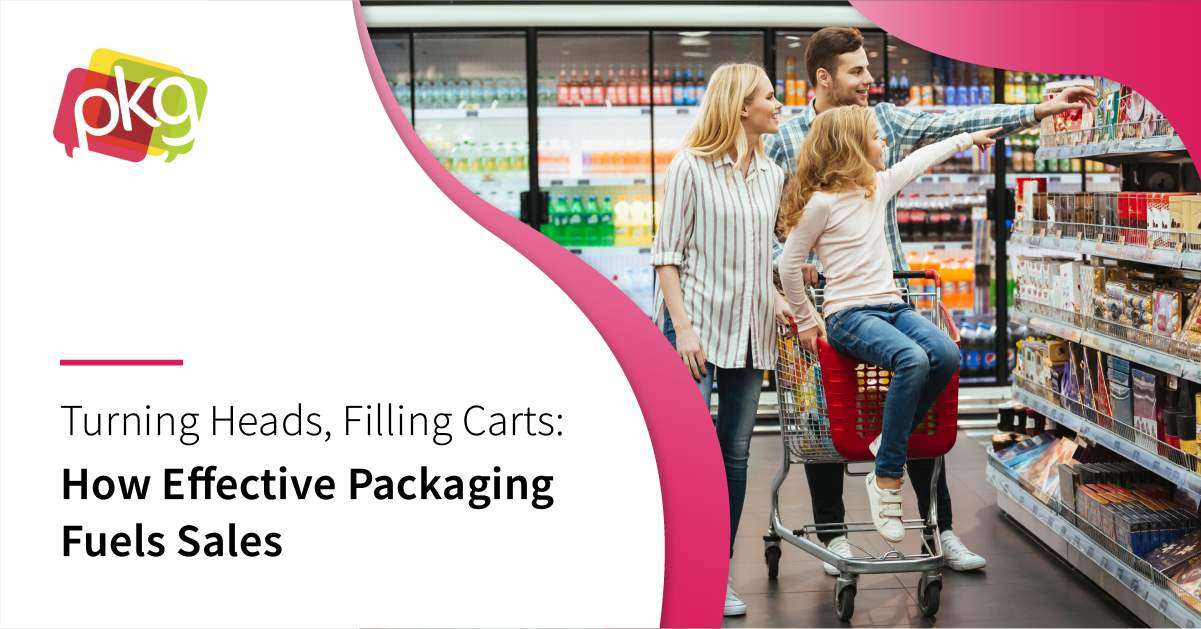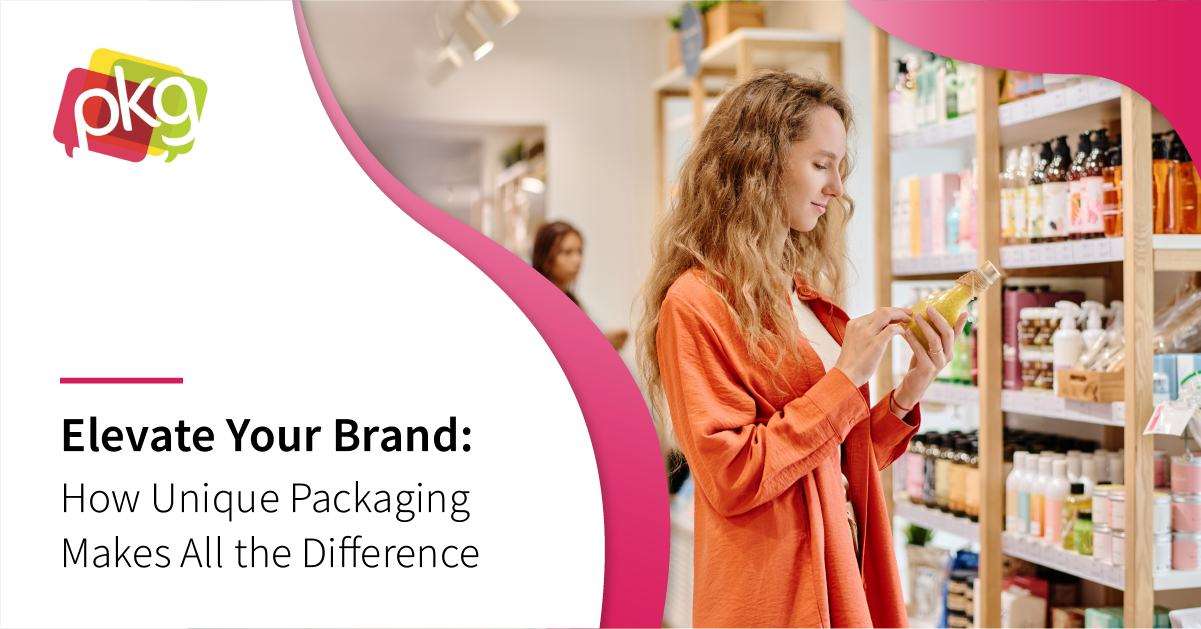
Edible packaging may seem like a rather strange concept, but it is an emerging trend to watch.
The demand for edible packaging is on the rise. Market research indicates it could increase 6.9% annually by 2024, making its market worth $2 billion globally.
Edible packaging prevents future waste while making products unique. Here’s what you need to know so you can decide if it’s a viable option for your CPG brand.
Why Food Packaging is important
Food companies are working to improve packaging. From BPA-free to biodegradable options, brands are looking for safer, environmentally friendly packaging materials.
Packaging keeps food protected while ensuring it stays fresh. The materials you choose will also advertise your brand.
Companies are working with different types of packaging materials such as paper and cardboard that are better for the environment. Edible packaging is yet another interesting option that is gaining traction.
What Is Edible Packaging?
Edible packaging is made of a material that can be eaten or will biodegrade over time. It is available in many forms and is constantly undergoing improvement.
There are many types of edible packaging. Companies try using different substances for their specific brand. One example is a packaged ice cream cone where the cone protects the ice cream inside and can be eaten.
Another example is candy wrappers made from rice paper. If the wrapper isn’t eaten, it will biodegrade.

If you’re looking for an edible CPG packaging option for food, consider a milk protein-based material to serve as a case in around food.
These films keep food fresher than plastics because they do not contain starch. They are less porous than plastic, so they block oxygen more effectively.
The impact of food packaging on the environment is a priority for many companies. According to research, out of the 258 million tons of municipal solid waste generated in the U.S. during 2014, over 63% could be traced back to packaging materials. Only35% was composted or recycled.
Casein is similar in appearance to plastic and does not have a taste, though flavors may be added in the future. Some manufacturers are strengthening the coating with citrus pectin, which makes it more durable when subjected to humidity and extreme temperatures.
Other companies are using materials such as fruit-like casings to surround food items, while others are trying out seaweed to encapsulate products. It’s an innovative market that is changing CPG packaging by cutting down on waste.
What Are the Benefits of Using Edible Packaging?
Using edible packaging is an environmentally conscious decision. More companies are becoming aware of how much waste their current packaging produces and are seeking to decrease it.
Edible packaging eliminates the need to recycle materials used to package products. This is because it can be eaten or used for compost, so it won’t wind up in landfills.
Edible packaging can be used for different types of foods. It is most often chosen for refrigerated products that are single-serve but could work for other products such as coffee and soup. Rather than coating cereal with sugar, milk casein could be substituted instead to keep it fresh.
Though the use of edible packaging is new, it is a trend that continues to progress. As consumers and companies seek to eliminate waste, the shift to edible CPG packaging could be a welcome alternative.
PKG Brand Design is always on the forefront of new CPG branding and packaging initiatives, please subscribe to our blog for the latest package design industry news!







